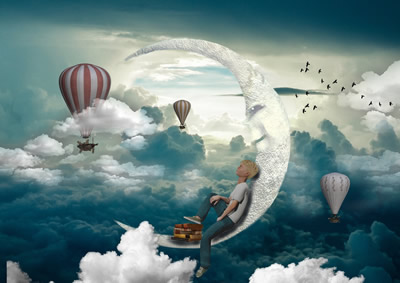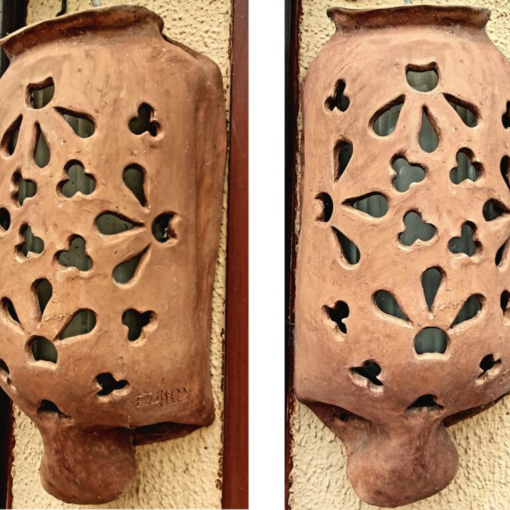Background:
The traditional fairy tale is a part of cultural heritage which is disappearing since its fragile memory has been assigned to of the several succeeding generations of narrators for centuries. Its disappearance will inevitably draw into forgetfulness also the emotions linked to the settings where it was narrated: places peopled by peasants, fishermen and mountaineers who, around the chimney place, narrated events whose protagonists were both humble people (living in contexts similar to theirs) and fearful aristocrats that were described exactly as their subjects imagined them: magic and unapproachable creatures.
To rediscover traditional fairy tales, non in their softened and refined literary versions but in their original form, means to be able to reconnect to the same universe where our ancestors lived: a world where the life cycle phases were determined by succeeding seasons in a close and direct link to Mother Earth which donated Life and Death by following laws which were sometimes rational and predictable and sometimes whimsical and mysterious.
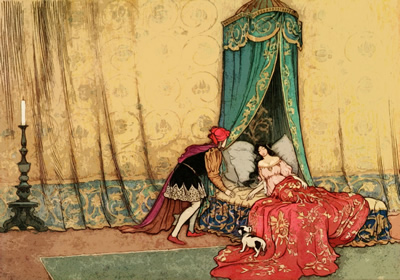
Fairy tales were aimed at soothing the pain of everyday life, which was made of hard labour and deprivations, through a type of narration which used exotericism in order to challenge the cruel determinism of Reality while opening the door to unhoped for happy endings. Anyway, in some traditional tales Magic, symbolized by the evil witch, tries to trick the harmless peasant who finally manages to survive thanks to his undeniable and proverbial shrewdness, developed though centuries of ploys necessary in order to cope with lords’ abuses.
Just because of its soothing and comforting characteristics the fairy tale was not only narrated to children but was also administered to the whole family during a type of home entertainment which was typical of those oral cultures where individuals experienced emotions by constructing mental images instead of receiving them in ready-made packages as it happens nowadays.
Why dialect?
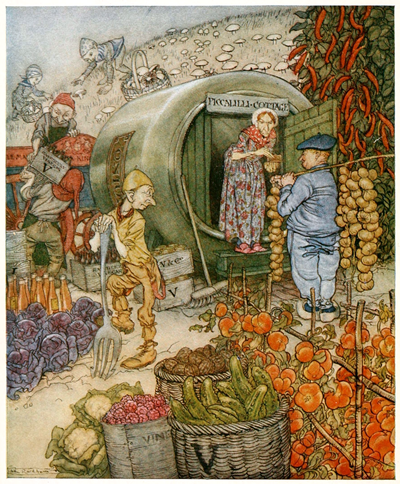
A project whose goal is to rediscover traditional fairy tales as they were handed down through the use of vernacular language is in complete contrast to the present cultural trend which aims at establishing the supremacy of the English language now become the modern “lingua franca” as it is used and shared by the whole Internet universe.
Instead of trying to substitute our national language with an aseptic lexicon deprived of local hues, our project aims at rediscovering those ancient languages and knowledges which are extremely fragmented and scattered on the geography of territories.
Actually to be able speak dialect means to recognize oneself as a citizen of a local community thus accepting its values and showing one’s commitment to a place in a certain historical period. Dialects identify and places us in time and space. To speak a dialect means to re-establish links with our cultural heritage, find our individual and social identity and get free from the diktat which tries to turn us into amorphous and uniform subjects who can be easily dealt with by superior entities who, with the complicity of our lack of consciousness, try to direct our decisions.
Beneficiaries:
- Students of primary and secondary schools
- Cultural clubs
- Agencies for the promotion of the territory
- Any type of urban or rural community which may be interested in the initiative.
Subject matters (in case of schools):
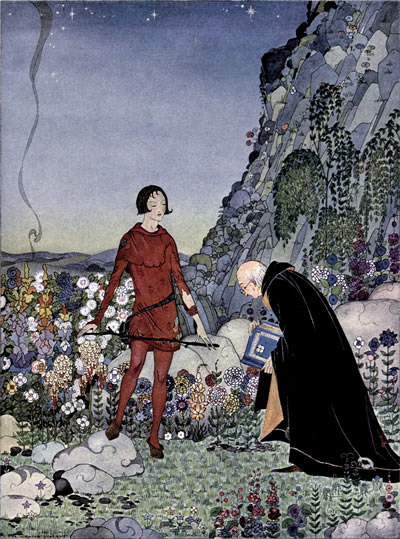
- Italian
- History
- English or any other language
- Arts
Objectives:
To be able to:
- Lead an interview on a specific topic
- Carry out a research based on textual, oral or multimedia sources
- Sort our information according to their reliability and relevance to the project
- Collaborate at a collective work by accomplishing an assigned task
- Find solution to a problem in a collaborative mode
- Negotiate our proposal inside a group while showing flexibility and an overall view
- Draw up the text of a fairy tale as it was narrated by an adult
- Develop a multimedia presenting a fairy tale narrated in dialect with English / Native language subtitles
- Convert the multimedia presentation into a
Project phases
Guidelines for associations, agencies, communities, etc. :
Preliminary phase:
- Project coordinators inform members of the group about the objectives and the operational phases of the project and, after extensive discussion, the members introduce themselves on the Facebook group https://www.facebook.com/earthgardeners/
Phase 1
Project participants:
- Research local folk fairies
- Look for information on the internet
- Collect the material and select it
Phase 2
Project participants:
- Search for images (not covered by copyright)
- Record the narrative entries
- Write the captions of the presentation
- Create multimedia presentations using the materials found and / or created
- Convert media presentations (PowerPoint) in to video format
- Posted presentations on YouTube and later on the website earthgardeners.it
The Facebook group is notified of the completion of the work.
Instructions for schools:
Preliminary phase:
- Teachers inform students as regards the goals, results and phases of the project.
- After the discussion they apply for participation
- Teachers and students participate in the discussions by presenting themselves and their projects to the Facebook Earth Gardeners friends https://www.facebook.com/earthgardeners/
Phase 1
Students (coordinated by teachers):
- Draw up a questionnaire addressed to adults about the fairy tales they know
- Carry out researches on local fairy tales by consulting texts
- Search information on the Internet
- Collect materials and sort them out.
Phase 2
Students (coordinated by teachers):
- Draw up the detailed timetable of activities: they assign tasks to the groups. Each group will be in charge of a fairy tale. Each member of the group will be in charge of one or more slides
- Collect copyright-free images (or ask for permission)
- Develop the presentations by using the materials they have found or created:
- Draw the pictures for the multimedia presentation
- Record the voices of narrators (students)
- Write the subtitles for the presentation (English or Italian or other native tongue)
Fase 3
Students (coordinated by teachers):
- Presentations are converted into videos
- Videos are published on YouTube and on earthgardeners.it
- The group post the results of the project work on the Facebook page.

